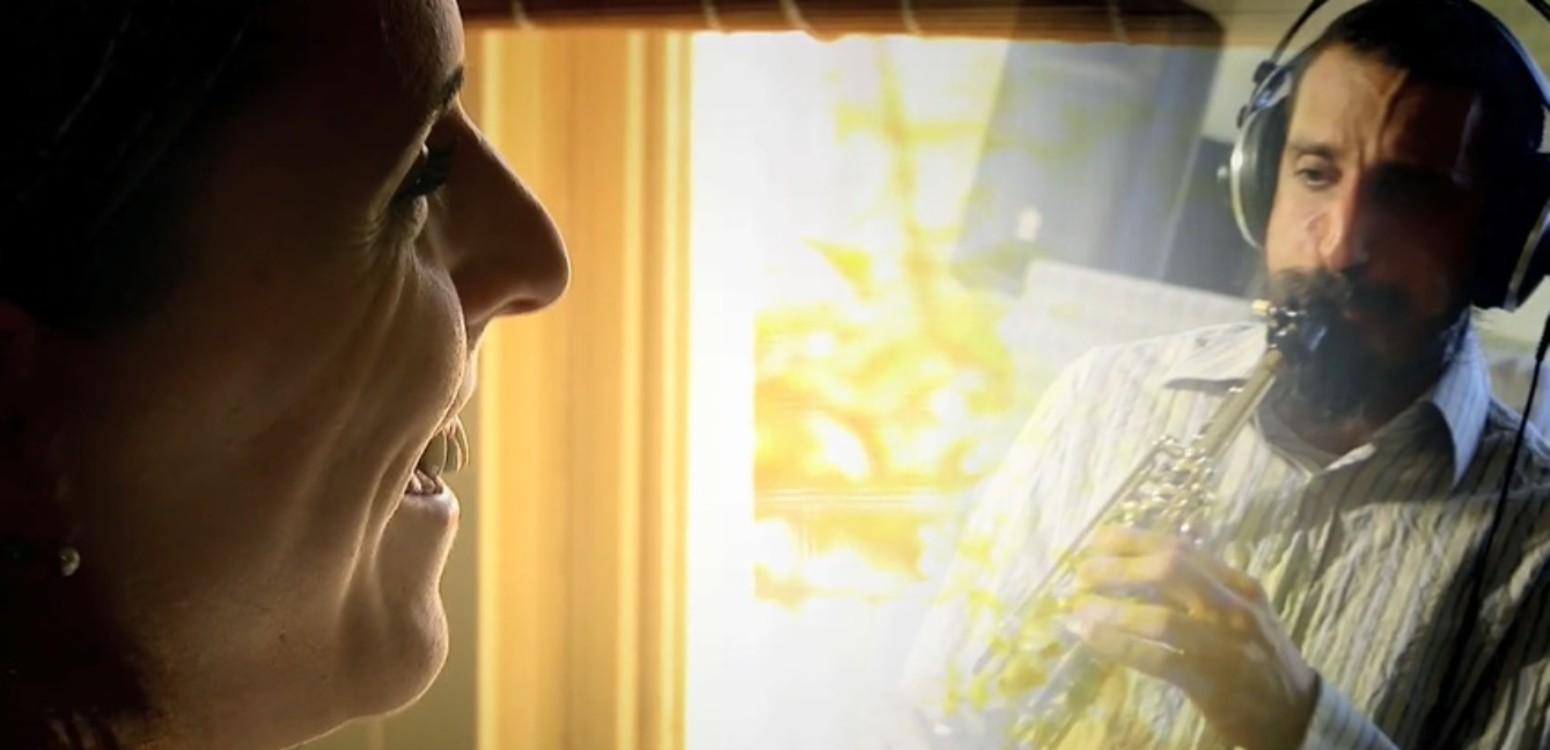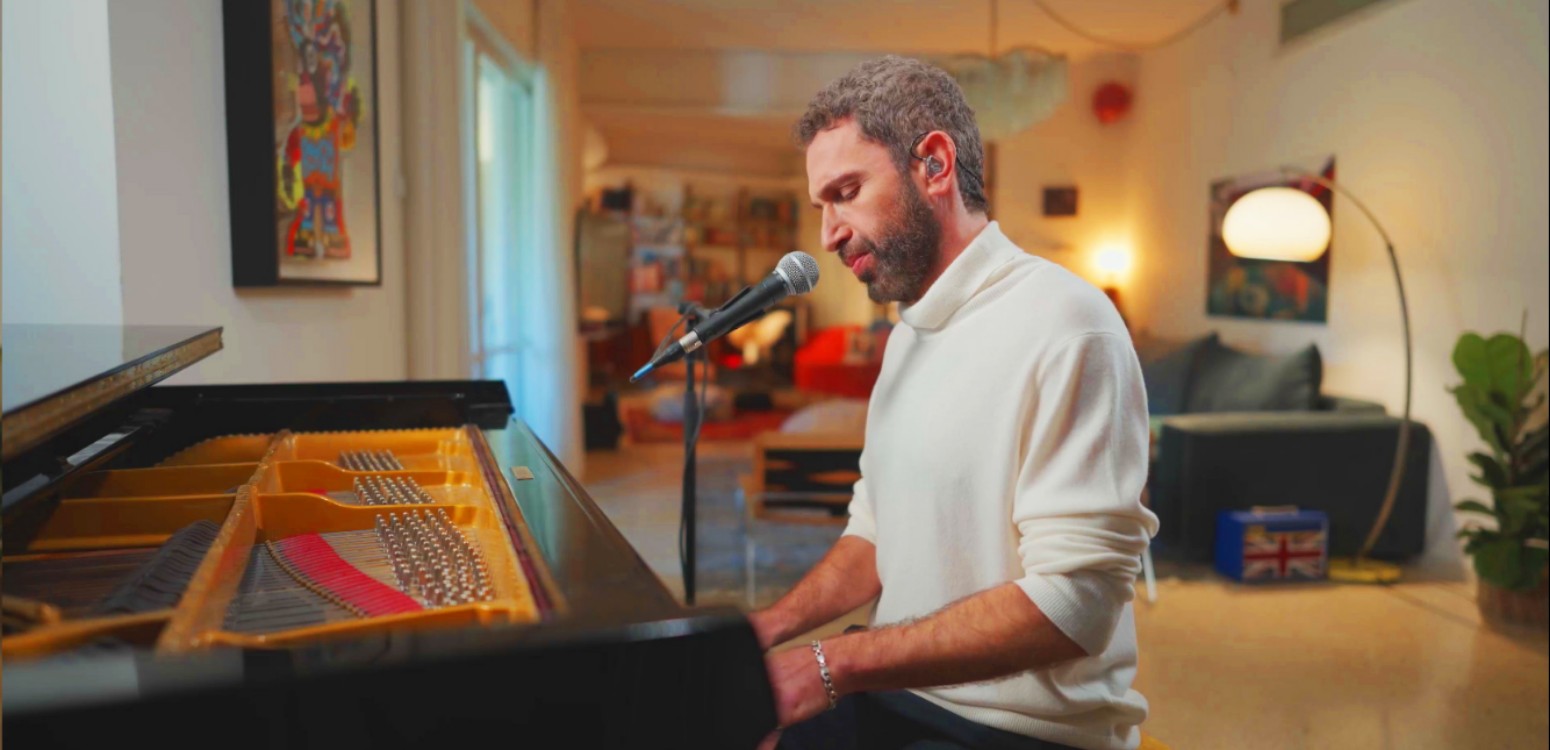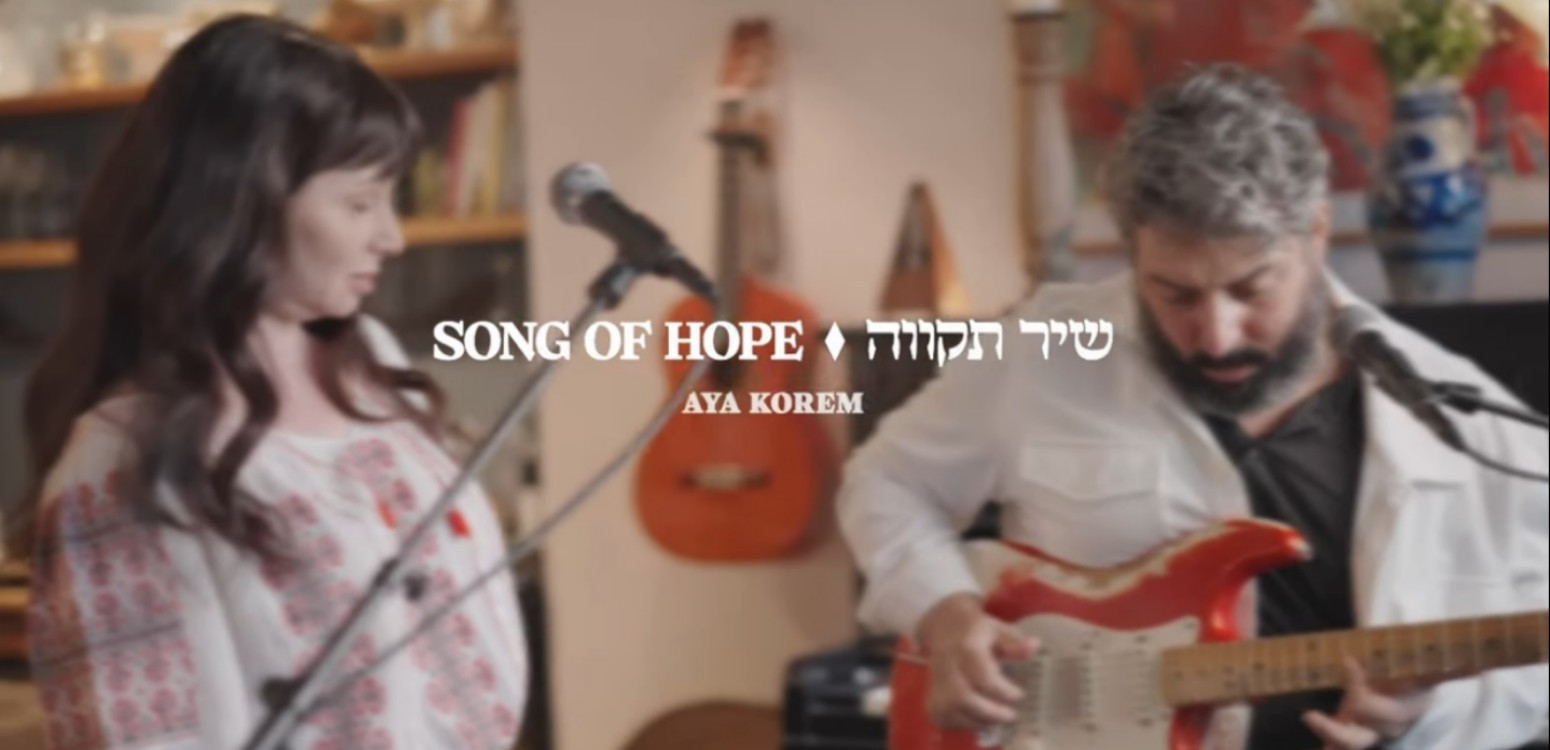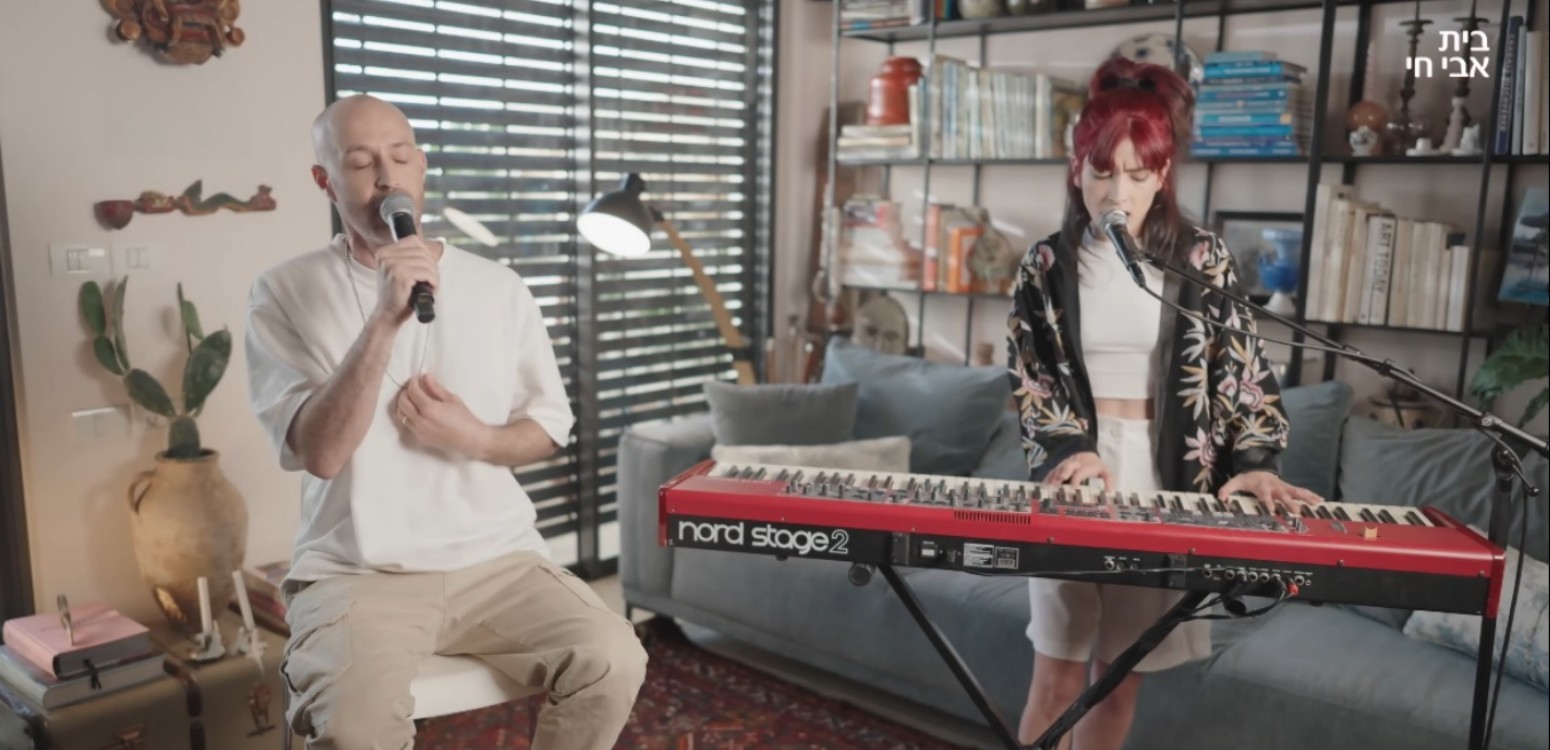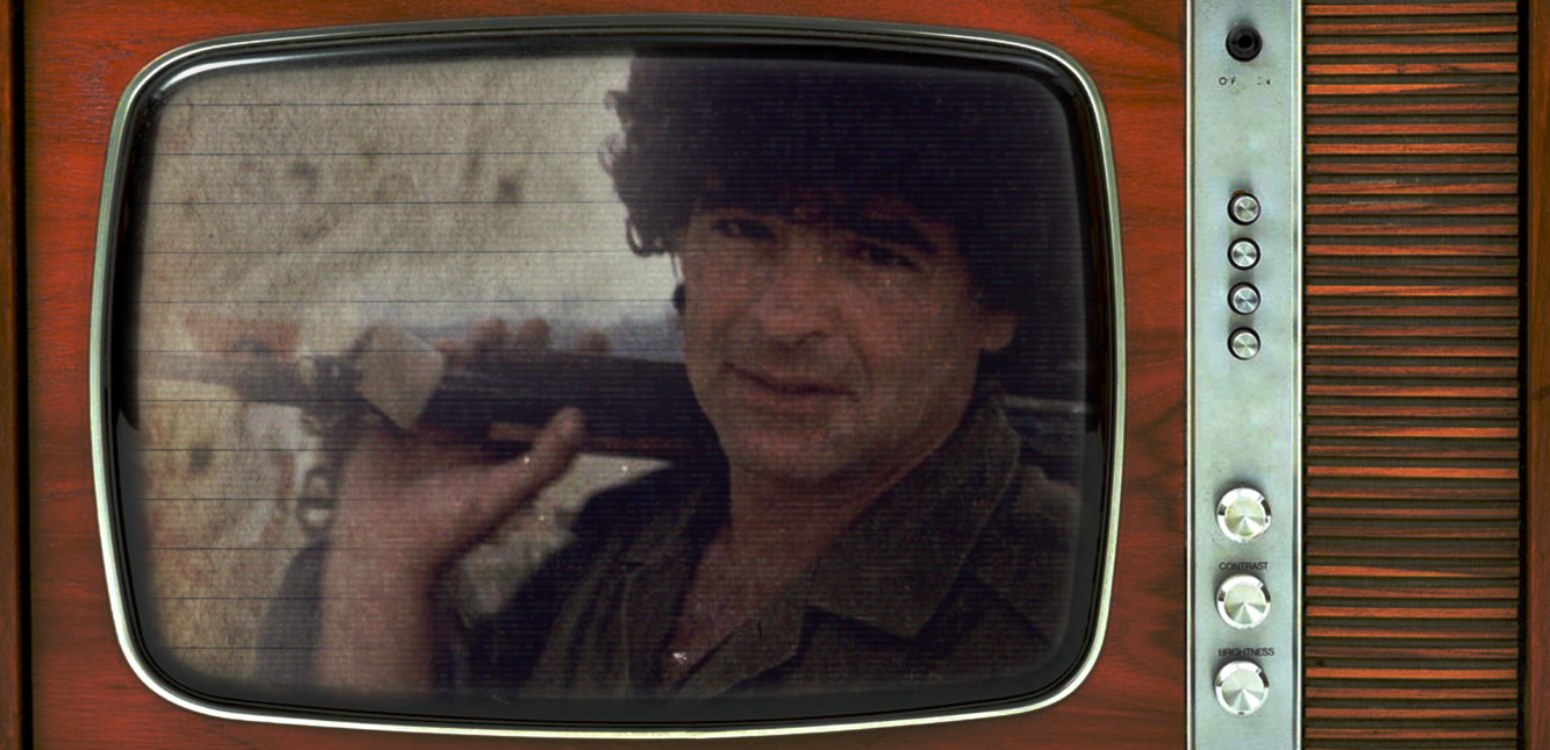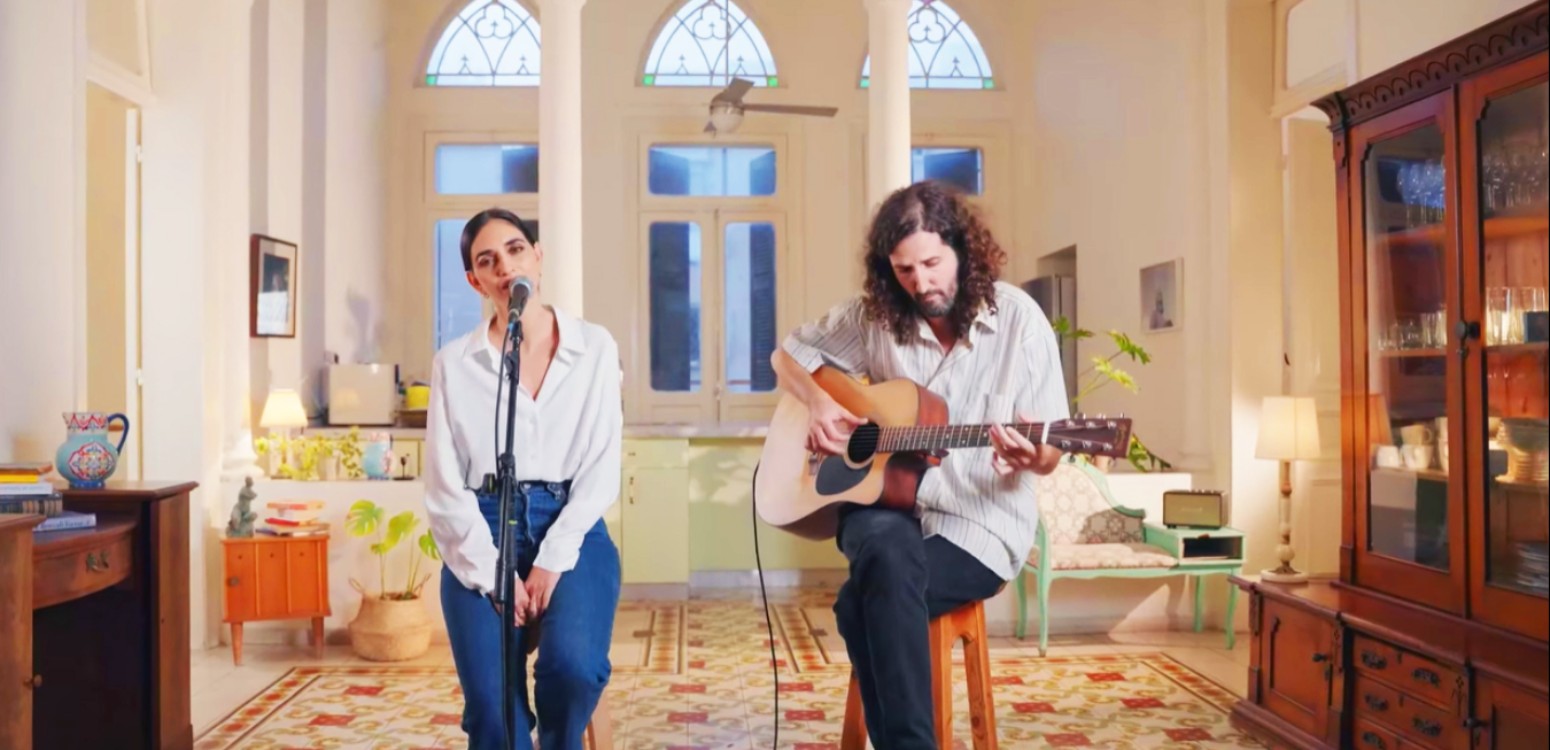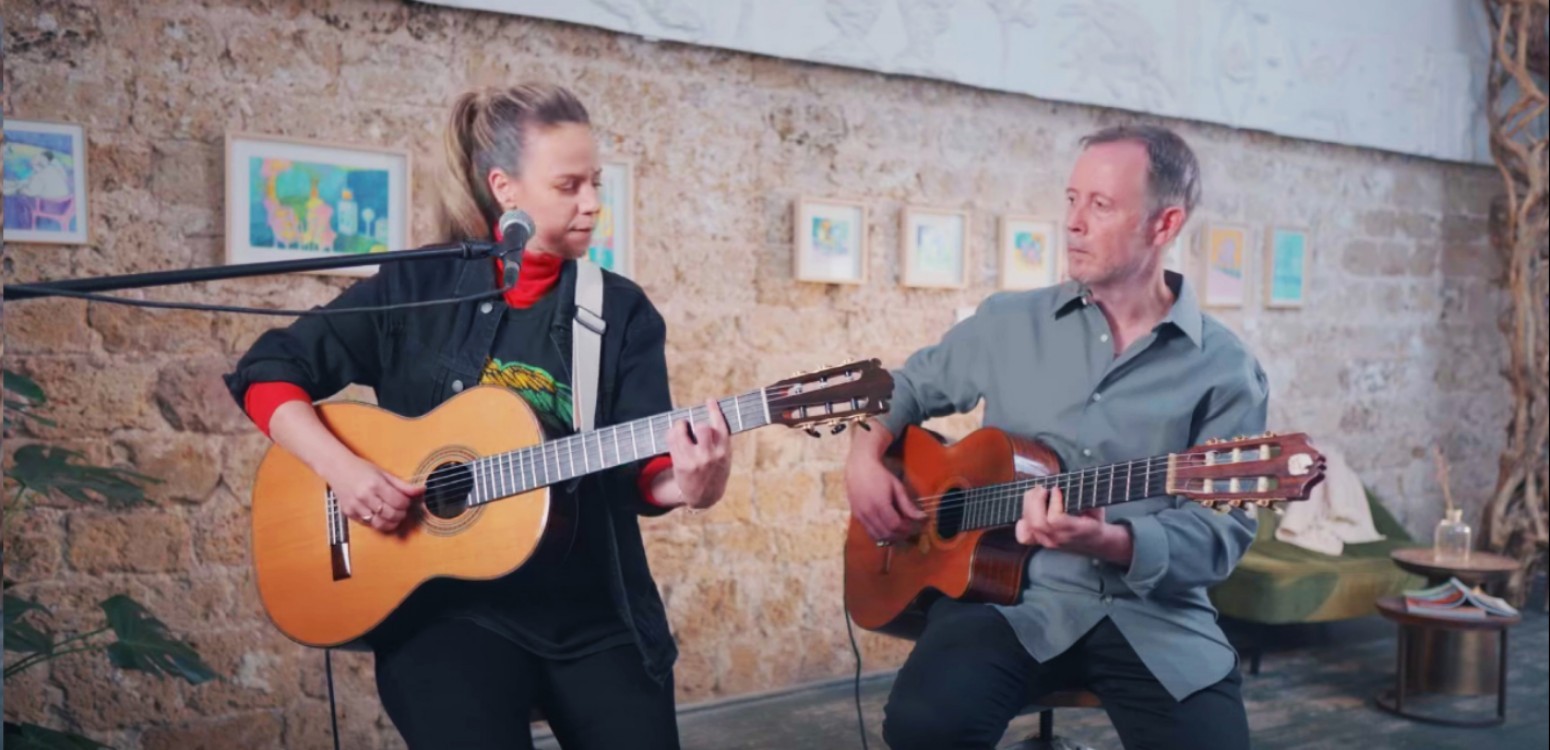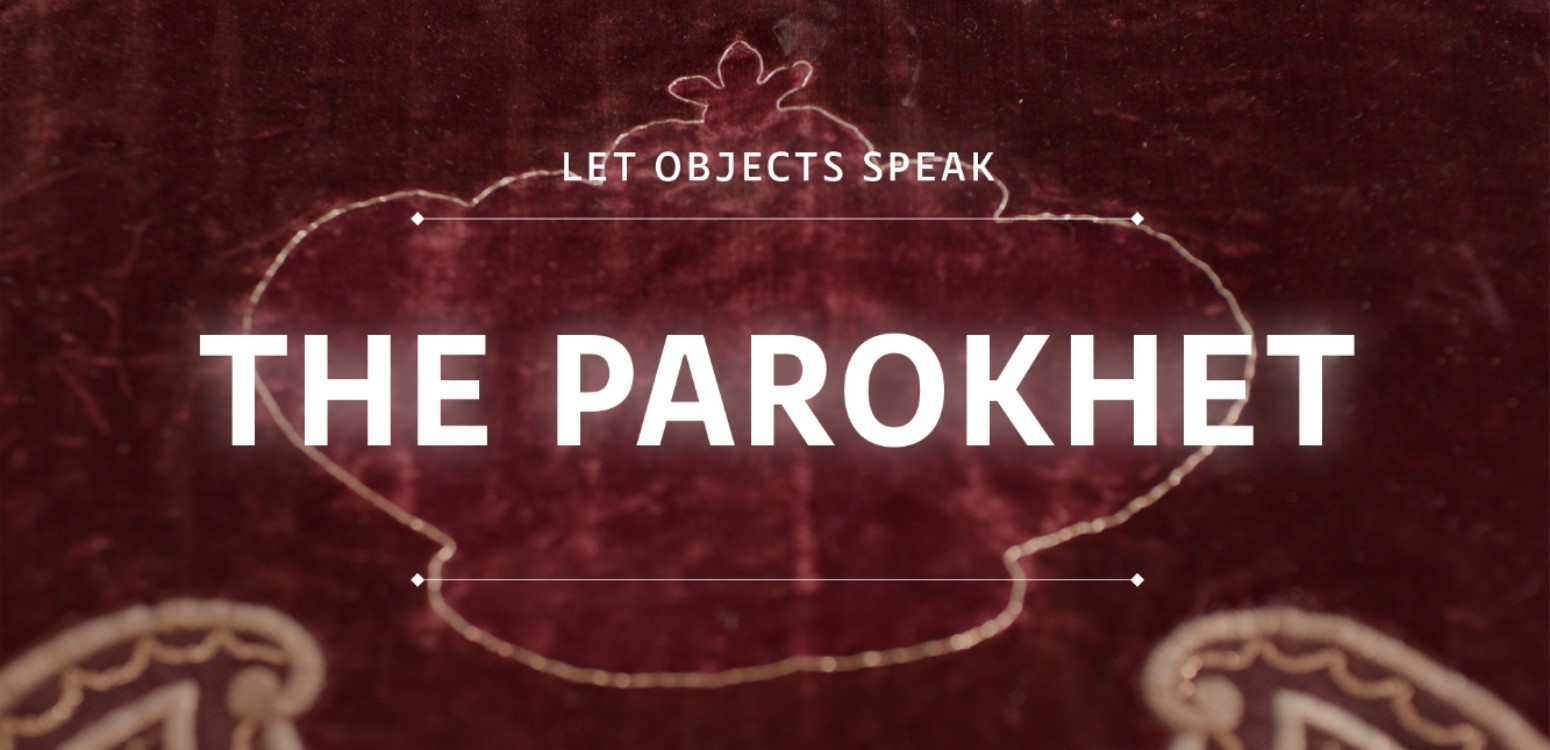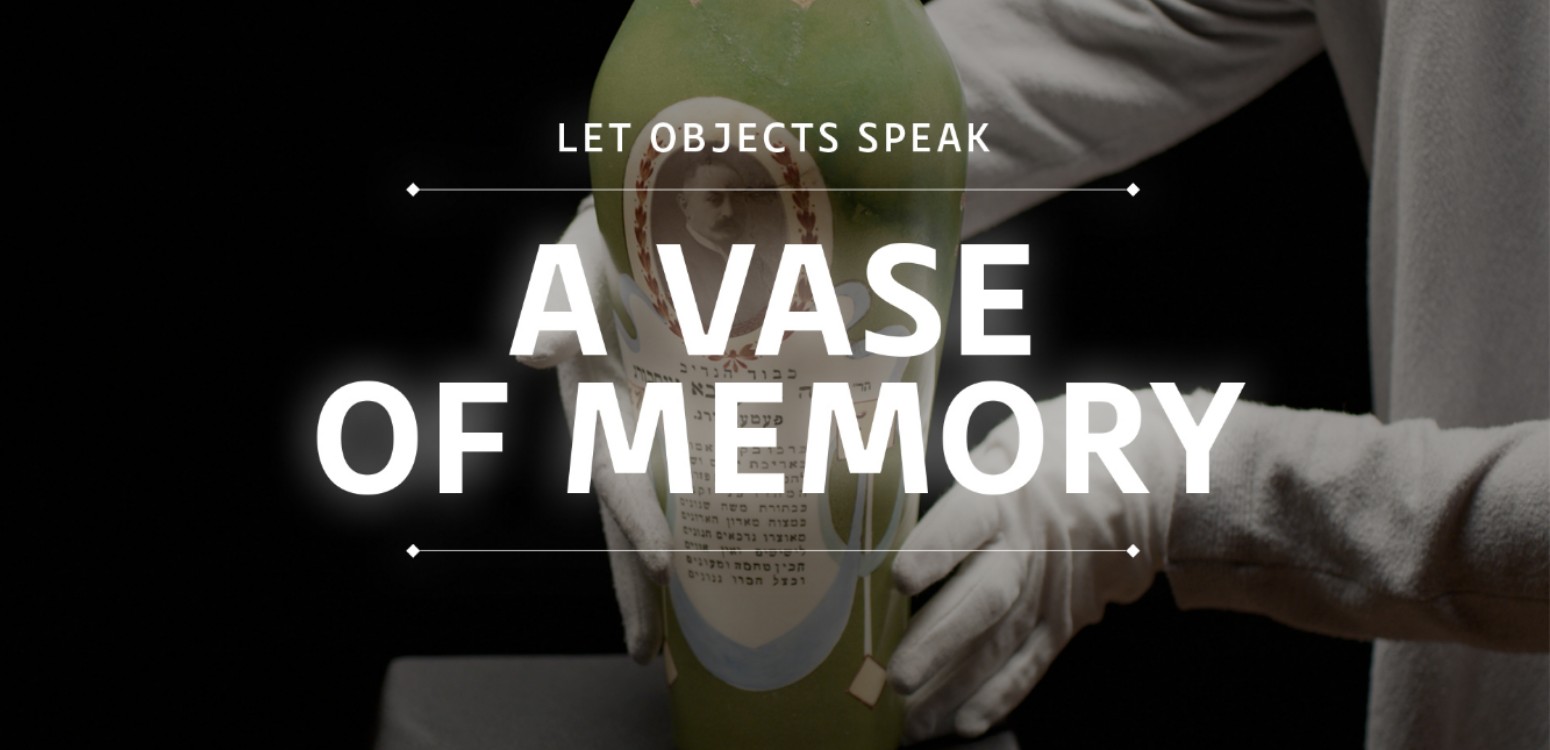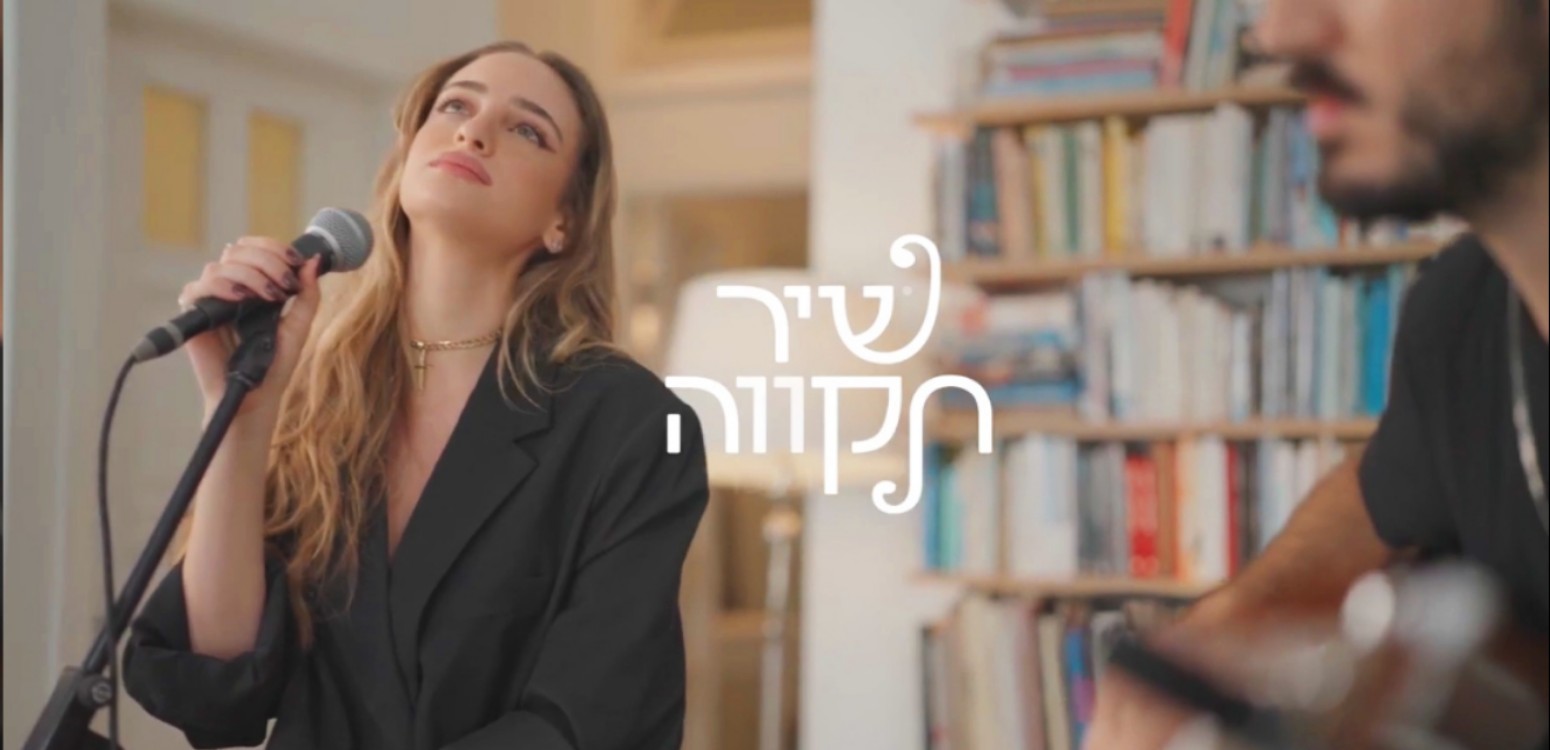
Pinchas Litvinovsky was among the glitterati who immigrated to pre-state Israel on the famous ship “Ruslan”
It was one of the rare moments where history is made in reverse. Imagine a school reunion that takes place before the participants even went to school; or a hall of fame whose dwellers meet before becoming famous or influential. Such was the Ruslan, the ship that brought some 670 Jewish immigrants from Odesa to Jaffa in late 1919. Among them were dozens who would, each in their own field, leave a lasting mark on Israel’s cultural landscape.
It was the stuff that myths are made of, and indeed a myth was made. The “Zionist Mayflower”, as it became known, was the first (and ultimately last) migrant ship to leave the former Russian Empire, then still reeling from the Bolshevik Revolution, after the gates of Palestine reopened following the First World War. In the wake of the publication of the Balfour Declaration and the subsequent capture of Palestine by the British, merely two years prior, a new era dawned on the Zionist enterprise. What could better emblematize that promising moment than the Ruslan – by far the biggest migrant ship to arrive in Palestine at the time – and its illustrious passenger list?
Rachel Bluwstein-Sela, the great Hebrew poetess; Moshe Glikson, the future influential editor of Haaretz newspaper; Rosa Cohen, a Zionist leader soon to become mother of Yitzhak Rabin; Dr. Joseph Klausner, the feted historian, literary scholar and great-uncle to novelist Amos Oz whose imposing personality loomed large in Oz’ autobiographical masterpiece “A Tale of Love and Darkness”. And the list goes on and on: doctors, architects, political leaders – as well as many children, some of whom would themselves become towering cultural figures, like poet Yonatan Ratosh and Yocheved Dostrovsky, the founding director of the Jerusalem Academy of Music and Dance.
While these migrants' predecessors at the turn of the XX century sowed the seeds of the Yishuv, the Jewish community in pre-state Israel, the Ruslan and the so-called third aliya that it kick-started were instrumental in turning Israel into the full-fledged state-in-waiting that it was until 1948. Many of the Ruslan passengers played a major role in turning Tel Aviv into the country’s foremost urban center, which it remains to this day, says Ilan Shehori, a historian of Tel Aviv. “Chief among them were two architects: Yehuda Magidovitch and Zeev Rechter, who single-handedly shaped large swathes of the city’s urban landscape,” he says. Champions of the so-called eclectic style, combining neo-classical and oriental motifs, their designs can still be found in abundance in the city’s historic district, mainly along Allenby, Herzl and Nachalat Binyamin streets. The eclectic style is quite different from Bauhaus, the quintessentially modern style that won Tel Aviv international fame as the “white city” alongside recognition as a UNESCO World Heritage site. Bauhaus became prevalent in the city only later, in the 1920s, also thanks to Rechter, who had by then returned from a sojourn in Europe.
Pioneers of modern art
Among the many trailblazers disembarking at Jaffa on the third day of Hanukkah in 1919 were also the pioneers of modern art. Artists like Pinchas Litvinovsky and Yitzhak Frenkel brought a distinctive modernist style that up until that moment, when Jerusalem’s Bezalel Academy of Art was king, had been all but nonexistent in Palestine. “There was almost no focus on painting and sculpture at Bezalel, and none of it was modern,” says Dr. Dalia Manor, an art historian and curator, author of “Art in Zion: The Genesis of Modern National Art in Jewish Palestine”. In fact, Boris Schatz, the legendary director of Bezalel, was known for his contempt for modern art. “The little that was,” Manor continues, “was reserved for classical art, but Bezalel’s artistic center of gravity was crafts and decorative arts.”
Alongside the latest European trends, Litvinovsky, Frenkel and others brought with a modernist mindset that saw art as a vehicle to engage with the present moment. “It fit very well with the overall Zionist endeavor that cherished progress and development,” Manor explains. This was one of the junctions where visual art and nation-building crossed paths.
A central figure in this process was another passenger – not an artist, though. Jacob Pereman was a businessman and art collector; some 200 pieces of his post-impressionist collection travelled with him aboard the Ruslan, leaving some of the artists behind the soon-to-be-erected Iron Curtain, condemned to oblivion or to Stalin’s purges. The collection served as a basis for Tel Aviv’s first art gallery, Pereman Gallery, that opened in 1921.
Out of it grew Hatomer, an art collective, encompassing other modern painters and sculptors that made Tel Aviv their home in the following years, with Pereman as their chief agent and impresario. However, says Manor, despite the novelty, the collective failed to turn modernism into a robust current within the Yishuv’s budding art scene. “Only a few years later, with the arrival of heavyweights like Reuven Rubin and Joseph Zaritsky, would modern art turn into a force to be reckoned with. In the second half of the 1920s there were three major exhibitions at [Tel Aviv’s] HaOhel theatre that really made a splash.”
The making of Tel Aviv
Pereman’s impressive entrepreneurial skills (he was among the organizers of Ruslan’s journey to Palestine) were put to the test shortly after his aliya. The very early years of the 1920s saw Tel Aviv, just over a decade old and not much more than a small garden suburb of Jaffa, the bustling Arab city immediately to its south, gradually separating from it. A series of sectarian riots ushered fraught relations between Arabs and Jews, and made commercial ties as well as any other cross-community activity tenuous. Following the riots, many of Jaffa’s 15,000 Jews left the city and hoped to relocate to Tel Aviv. A massive expansion was instigated in the form of three new neighborhoods – one of which was Pereman's brainchild. Built on the southeastern rims of Tel Aviv, Neve Sha’anan became the young city’s main working-class neighborhood as well as a major commercial center, and, since the 1930s to this day, the home of the city’s central bus station.
As myths often are, Ruslan’s too was exaggerated. Historian Gur Alroy has shown in his recently published book “Land of Refuge” that the proportion of “pioneers” aboard the Ruslan – members of Zionist organizations and such – was not significantly different from other ships that arrived in Palestine at the time. Just like most Jewish migrants at the time, most of Ruslan’s passangers were refugees. About 150 who had lived in Palestine and had to leave when the Great War broke out – such were Rachel the poetess and Baruch Agadati, Jewish Palestine's first choreographer – were now making their way back to their old-new country. They were certainly unaware of the fact that, with the imminent consolidation of the Soviet Union, theirs would be the last organized departure of Jewish migrants from that area of the world for decades to come.
Visit the Exhibition "You Must Choose Life – That Is Art: Pinchas Litvinovsky".
Main Photo: Ruslan\ Wikipedia
Also at Beit Avi Chai


